| (10 intermediate revisions by 3 users not shown) | |||
| Line 13: | Line 13: | ||
<h2 style="font-size:79px">Measurement</h2> | <h2 style="font-size:79px">Measurement</h2> | ||
| − | |||
| − | + | <h6>CCA_San_Diego created a method for measuring the effective nature of PAH degradation by substituting the media’s standard carbon source for PAH compounds, therefore rendering the bacteria without an energy supply unless the pathway of PAH degradation succeeds and efficiently leads to the creation of two substrates: salicylate and phthalate (which supply carbon for the Krebs Cycle in E. coli). By doing this, growth curves can be effectively used to monitor the degradation efficiency and progression over time as bacterial colonies grow.</h6> | |
| − | </h6> | + | <br> |
| − | + | <center><table width="75%" height="auto"> | |
| − | <table width=" | + | |
<tr><td> | <tr><td> | ||
| − | + | <img src="https://static.igem.org/mediawiki/2017/c/c2/Measurements_graph.png" width="100%" height="auto"> | |
| − | <br><h6>Figure 1 | + | <br><h6>Figure 1. Time course biotransformation experiments using crude oil samples from Pennsylvania (PA), Saudi Arabia, and Ecuador, measuring absorbance at 600nm of E.coli BL21 recombinant cultures containing the fluorene and phenanthrene catabolic pathways or control vectors. MM=M9 minimal medium.</h6> |
</td></tr> | </td></tr> | ||
| − | </table> | + | </table></center> |
| − | + | <br> | |
| − | <br><h6> | + | <h6>Results show growth in oil or isolated PAH is equivalent to easy to access carbon source (Glucose).</h6> |
| − | </h6> | + | <br> |
| − | + | <h6>Carbon is the building block of organic molecules and makes up a large portion of the structures in life forms. Thus to grow and reproduce, a method of breaking down and accessing carbon is necessary. In this context, using a singular carbon source in a growth setup for bacteria allows us to isolate if the bacteria degrade and process complex hydrocarbons to form molecules capable of facilitating life and growth. This measurement technique is very useful in testing bioremediation projects that involve degradation</h6> | |
| − | < | + | <br> |
| − | + | <h6>In our tests, Fluorene or Phenanthrene was used a singular carbon source. Since bacteria need some source of carbon to grow, they must be using the only carbon source present when growing. The growth curves indicate that the bacteria with the pathways inserted are growing at rates comparable with a common carbon source, Glucose. This means the bacteria are degrading the PAHs and consuming the substrate products.</h6> | |
| − | + | <br> | |
| − | + | <h6>Our methods are innovative, as they utilize normally harmful PAHs as sources of carbon to allow bacteria to undergo cellular respiration. In an ironic twist of fate, we used the growth of one organism to measure another compound’s degradation. Our methods are logical and apply basic processes of science to better the world around us. </h6> | |
| − | + | ||
| − | + | ||
| − | + | ||
| − | + | ||
| − | </h6> | + | |
| − | < | + | |
| − | + | ||
| − | + | ||
| − | + | ||
| − | + | ||
| − | + | ||
| − | + | ||
| − | + | ||
| − | + | ||
| − | + | ||
| − | + | ||
| − | < | + | |
| − | + | ||
| − | + | ||
| − | + | ||
| − | + | ||
| − | + | ||
| − | + | ||
| − | + | ||
| − | + | ||
| − | + | ||
Latest revision as of 03:42, 2 November 2017
Measurement
CCA_San_Diego created a method for measuring the effective nature of PAH degradation by substituting the media’s standard carbon source for PAH compounds, therefore rendering the bacteria without an energy supply unless the pathway of PAH degradation succeeds and efficiently leads to the creation of two substrates: salicylate and phthalate (which supply carbon for the Krebs Cycle in E. coli). By doing this, growth curves can be effectively used to monitor the degradation efficiency and progression over time as bacterial colonies grow.

Figure 1. Time course biotransformation experiments using crude oil samples from Pennsylvania (PA), Saudi Arabia, and Ecuador, measuring absorbance at 600nm of E.coli BL21 recombinant cultures containing the fluorene and phenanthrene catabolic pathways or control vectors. MM=M9 minimal medium. |






